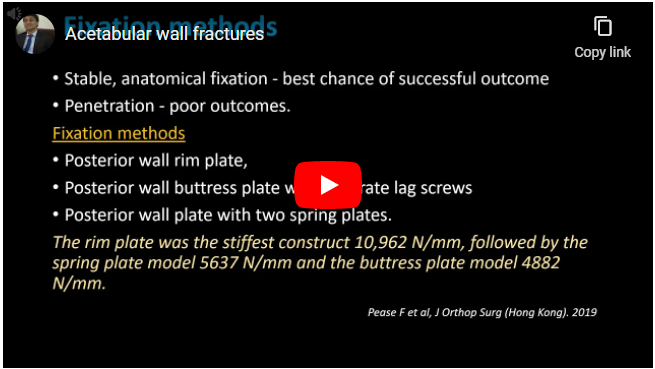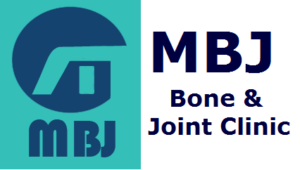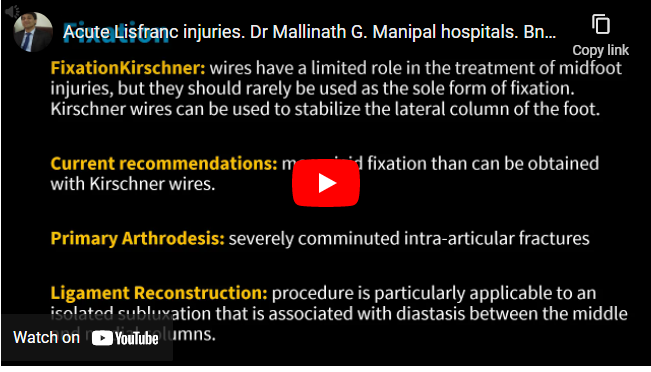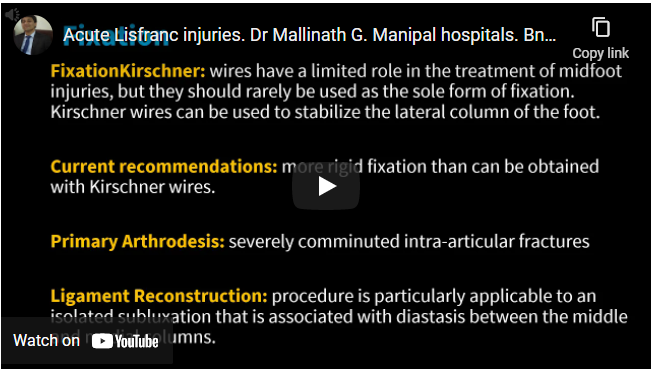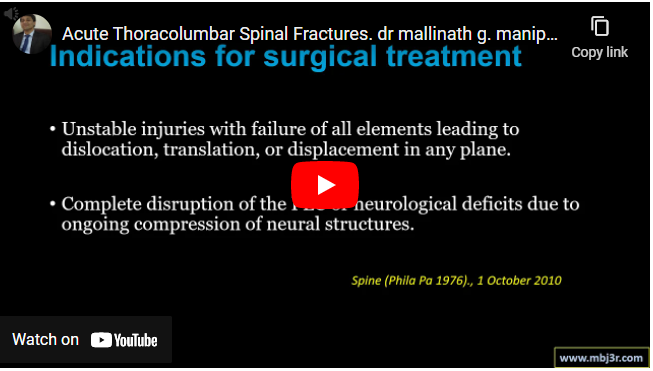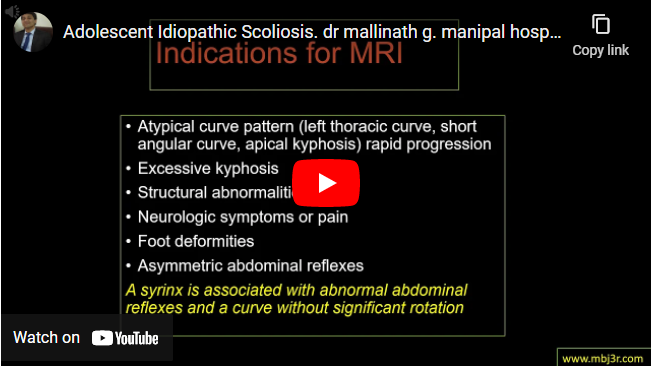Posterior wall of the acetabulum – most common Indications for operative intervention are Hip instability demonstrated on EUA, Hip incongruency due to intra-articular fragments, Fractures involving >50% of the posterior wall Dynamic fluoroscopic stress testing under general anaesthesia should be the preferred method for the determination of hip stability status after posterior wall fractures of the acetabulum Kocher Langenbock Approach…
